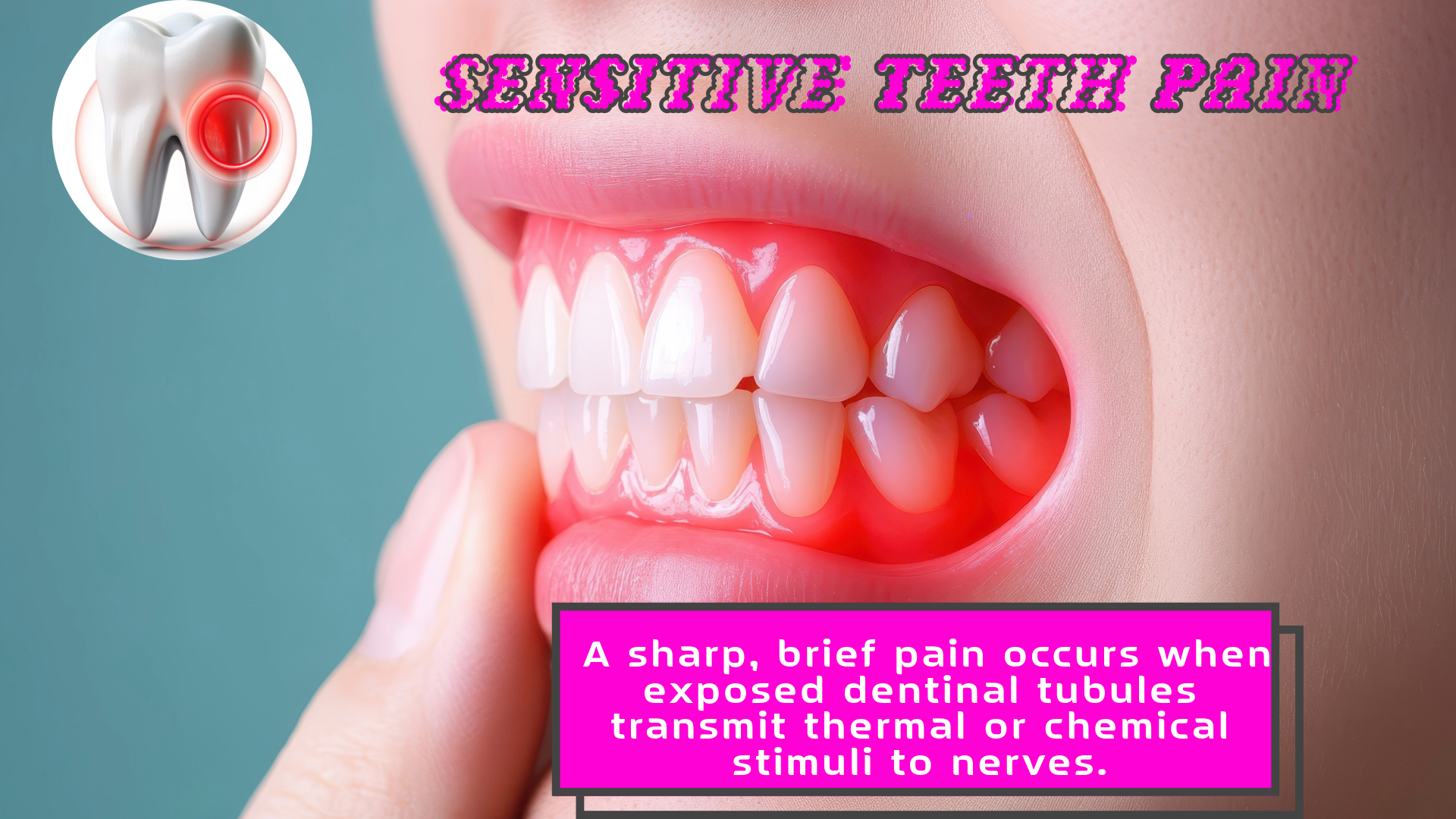
If your teeth suddenly ache when you drink hot tea or eat a cold ice cream, you are not alone. Research shows that approximately 57% of the general population experiences tooth sensitivity. Especially in those who have gum problems, this rate can reach up to 60-98%. In this article, we will first discuss methods to alleviate tooth sensitivity immediately, and then we will examine the subject in all aspects and explain the causes, symptoms and long-term treatment options in the light of expert opinions and scientific data.
What is Tooth Sensitivity?
Dentine sensitivity is a condition in which dentinal tubules exposed by enamel erosion or gum recession stimulate the nerves with cold, hot, sweet-sour stimuli and cause short and sharp pain, especially between the ages of 20-40; consult your dentist for precise diagnosis and treatment recommendations to maintain comfort of life. This condition occurs without any other dental problem, such as a cavity or crack (i.e. it is a diagnosis in itself). Dentine hypersensitivity is usually more common between the ages of 20-40 and is reported to be slightly more common in women.
What is Gum Sensitivity?
The most common cause of gum sensitivity is gingivitis. Plaque bacteria that accumulate on the teeth irritate the gum tissue and cause inflammation. Inflamed gums become red, swollen and easily bleed and hurt during brushing. If gingivitis is left untreated, the condition can progress to a more serious level called periodontitis, in which the gum separates from the tooth, forming pockets and bone loss. In patients with periodontitis, tooth roots are exposed as a result of gum recession, which contributes to both gum sensitivity and tooth sensitivity.
Instant Relief Methods for Tooth Sensitivity
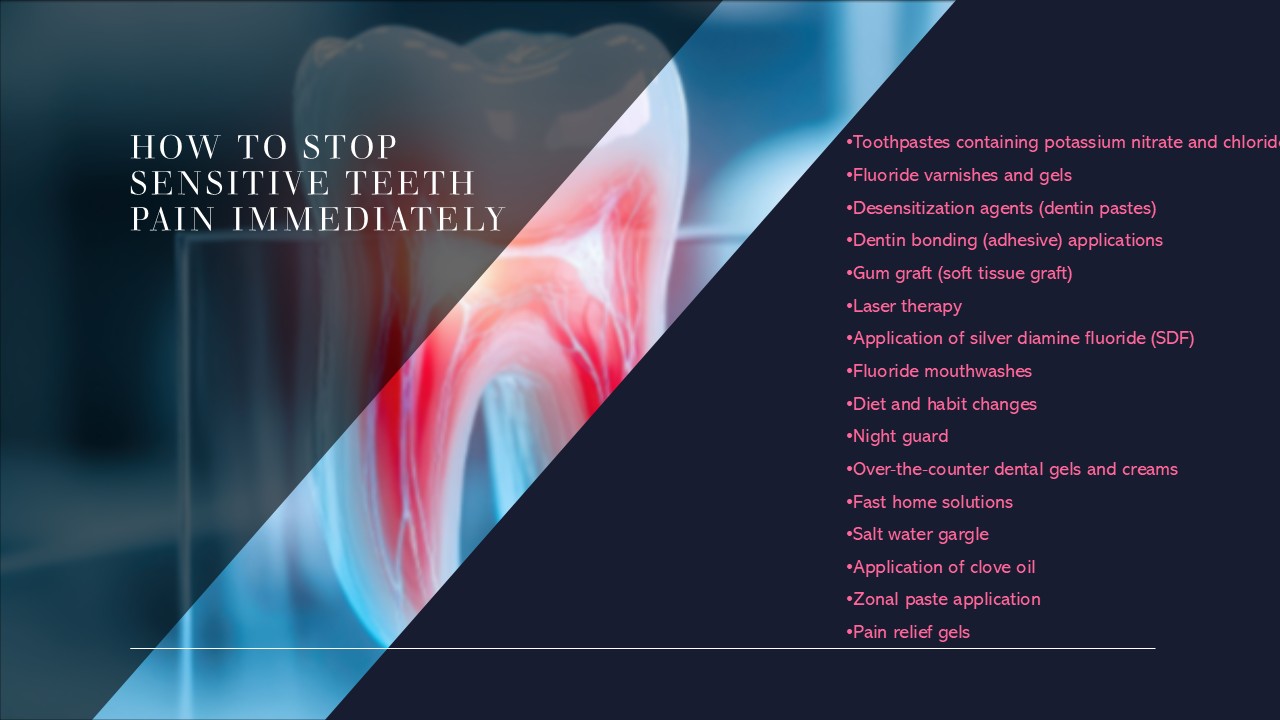
Dentine hypersensitivity (tooth sensitivity) is characterised by sudden, sharp pain transmitted to the nerve endings through tubules exposed by enamel wear or gum recession. Cold, hot, sweet or acidic stimuli cause short-term and intense discomfort. This mechanism is known as the "hydrodynamic theory"; external stimuli trigger fluid movement in the dentinal tubules and stimulate nerve endings, causing pain. When tooth sensitivity starts, you can use the following methods to relieve the pain quickly:
Toothpastes containing potassium nitrate or strontium chloride:
Desensitiser toothpastes contain special ingredients that soothe nerve signals and provide rapid relief. For example, toothpastes containing 5% potassium nitrate and 2% strontium chloride have been shown to significantly reduce dentine sensitivity immediately after application and after only a few days of regular brushing. Using these products twice a day and, if possible, applying them to the sensitive area before going to bed and not rinsing for a while will be effective in suppressing sudden pain.
Fluoride varnishes and gels:
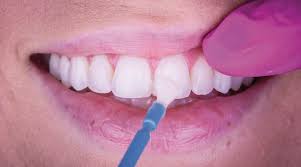
High-fluoride varnishes (usually containing 5% sodium fluoride) applied by dentists in the clinic quickly reduce sensitivity by strengthening the enamel and closing open dentinal tubules. Of all in-office treatments, fluoride varnish is one of the most widely used and highly effective. Within minutes, your dentist can apply this varnish to sensitive areas to create an instant protective layer. Similarly, prescription fluoride gels or mouthwashes that you can use at home can re-mineralise the tooth surface and help relieve sensitivity.
Desensitising Agents (Dentin Pastes):
Dentists can apply some chemical agents specially developed for desensitisation. For example, solutions containing glutaraldehyde and HEMA (commonly known as Gluma) precipitate proteins on the dentin, blocking the tubules and sealing the nerve endings. Even a single treatment has an immediate effect. Clinical studies have shown that these glutaraldehyde-based agents significantly reduce sensitivity for up to 1 month with a single application. Your dentist completes the process by applying this agent to the sensitive areas with a cotton ball and waiting for a few minutes. Then he/she cleans the area with water and removes the excess material. It is an extremely fast and comfortable procedure for the patient.
Dentin Bonding (Adhesive) Applications:
Transparent resin-based adhesives or filling materials can be applied to the exposed dentin surfaces of the teeth. This method is particularly effective on teeth with exposed root surfaces due to gum recession. The dentist applies a thin bonding agent to the sensitive area, creating a layer almost like nail varnish. Since this layer covers the dentin and provides insulation, it prevents cold-hot stimuli from reaching the nerve. Since it is translucent, it is also aesthetically unnoticeable. If applied correctly, it can prevent sensitivity for months or even years. In some cases, a similar closure can be achieved with a flowable filling material instead of bonding.
Gum Graft (Soft Tissue Graft):
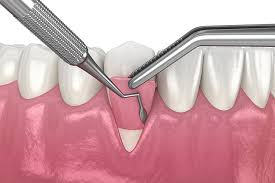
If the main cause of the sensitivity is gingival recession and the roots are exposed in a large area, gingival graft surgery can be performed by a periodontologist (gum specialist). In this procedure, a piece of the patient's own palatal tissue or ready-made tissue graft materials is placed and sutured in the area of recession. The new tissue re-covers the root surface and when healing occurs, the tooth in that area is covered with gum again. This both relieves sensitivity and aesthetically prevents the teeth from looking long. The graft procedure is a surgical solution and is more invasive, but in advanced cases it can provide a permanent solution.
Laser Treatment:
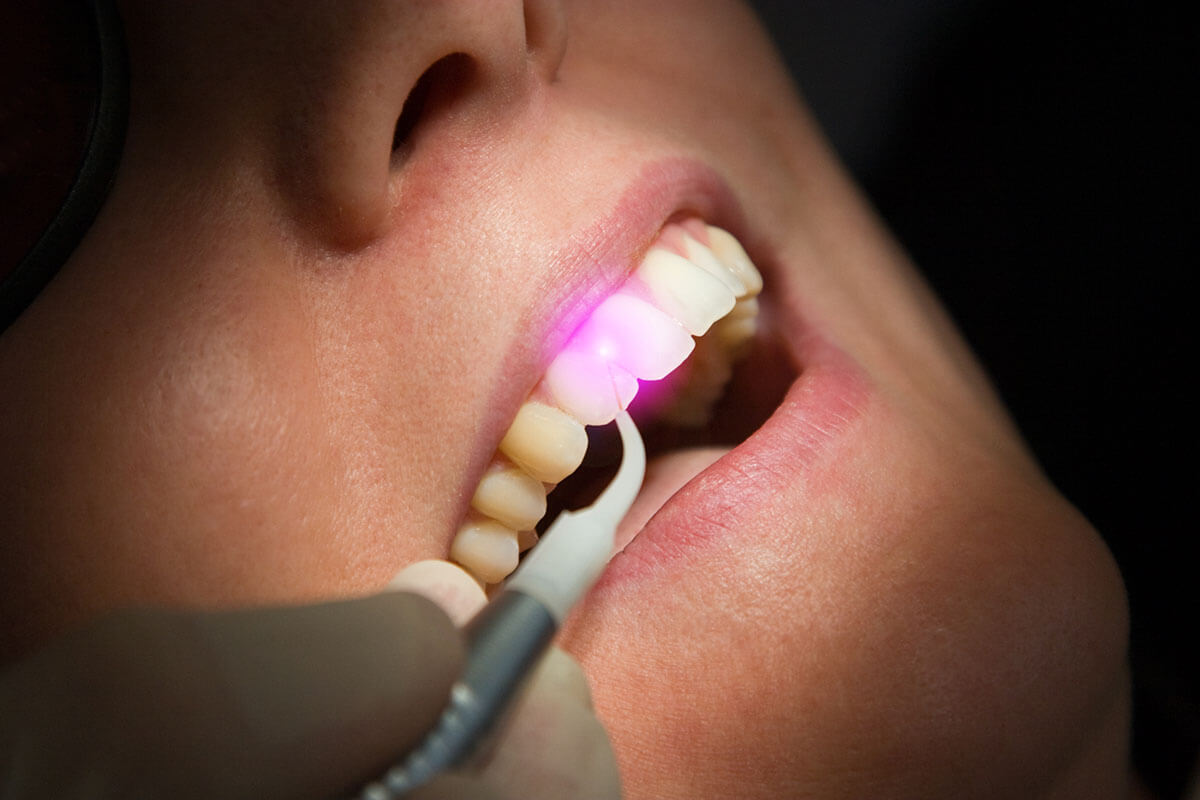
Certain high or low power lasers can be applied to the dentin surface to close the dentinal tubules or reduce the pain transmission of the dental nerve. Diode lasers with a wavelength of 940 nm provide both immediate relief and permanent reduction when applied in a single session. Laser treatment is usually painless and does not require anaesthesia; the dentist holds the laser probe on the sensitive tooth surface for a while and the procedure is completed. This method can be a good option, especially in cases of persistent sensitivity that cannot be achieved by other methods, or in patients whose use of medication is limited for medical reasons (e.g. during pregnancy).
Silver Diamine Fluoride (SDF) Application:
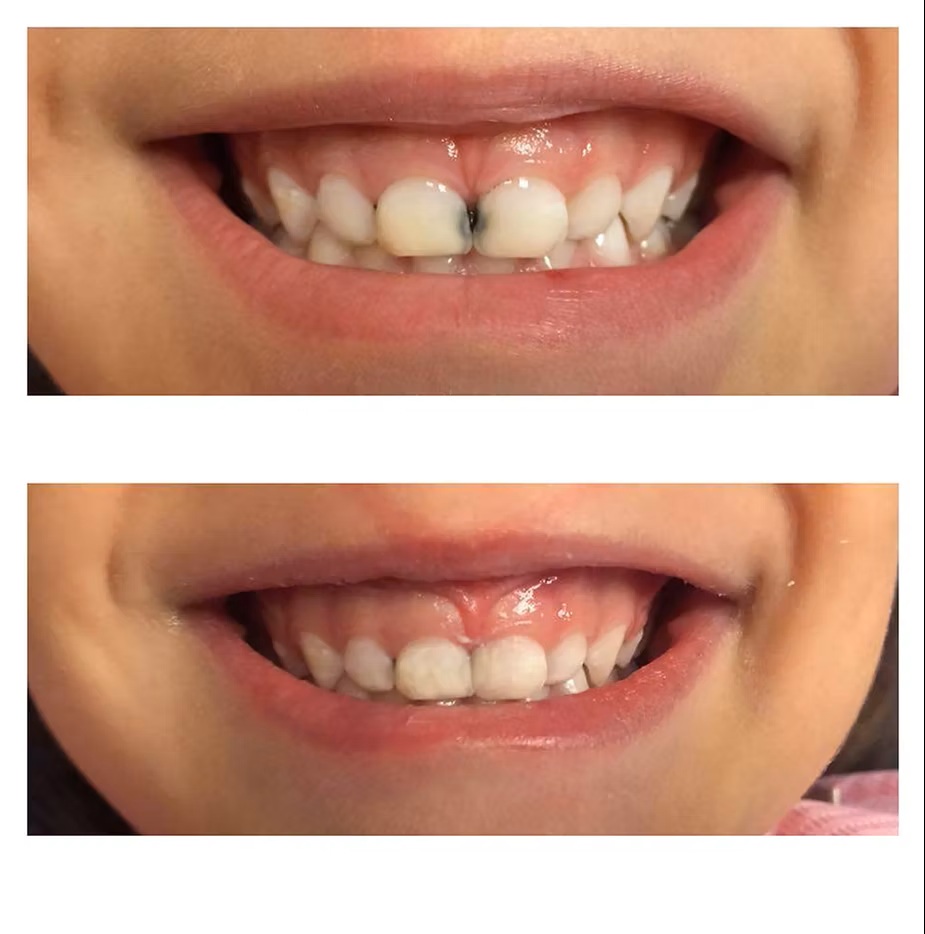
38% silver diamine fluoride, which we have recently started to hear more frequently, is essentially a liquid used to stop caries. However, the combination of silver and fluoride it contains also shows a strong desensitising effect. It has been reported that SDF application reduces sensitivity by up to 60%, especially in elderly patients with exposed root surfaces. Since SDF can cause brown/black staining on the tooth, it is generally preferred in posterior areas or on non-aesthetic surfaces. The dentist applies SDF to the sensitive area with a small brush; the substance penetrates into the dentin, both forming mineral deposits and reducing nerve sensitivity. Even a single application can provide rapid relief.
Fluoride Mouthwashes:
Mouthwashes containing fluoride formulated for daily use help to re-strengthen tooth enamel. Especially mouthwashes containing sodium fluoride or amine fluoride provide mineral support to the tooth surface and contribute to the reduction of sensitivity over time. Every night before going to bed, rinse your mouth with a fluoride mouthwash and spit it out (be careful not to swallow). This ensures that a protective layer of fluoride works on your teeth throughout the night.
Diet and Habit Changes:
Consuming acidic and sugary foods too often can leave your teeth vulnerable. Lemon, vinegar, fizzy drinks, energy drinks and fruit juices accelerate enamel erosion. Limit such foods if you have sensitivity problems. Even if you do eat them, drink a glass of water or rinse your mouth with water afterwards to neutralise the acid. Brushing your teeth immediately after meals (especially if you have eaten acidic food) also increases abrasion because the enamel has softened; it is best to wait 30 minutes and then brush.
Mouth Guard (Night Guard):
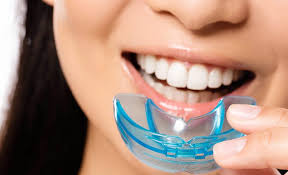
If you have been told that you grind or clench your teeth at night (which most people don't realise, but your partner or dentist can warn you), using a night guard can reduce your tooth sensitivity in the long term.
Non-prescription Dental Gels and Creams:
Some remineralising pastes available in pharmacies (e.g. products containing casein phosphopeptide-amorpholfolf calcium phosphate) or dental creams with arginine-bicarbonate combination help to repair sensitive surfaces with regular use.
Quick home remedies:
Some simple home remedies can also provide temporary relief:
- Salt water rinse: Warm salt water can relieve the discomfort of sensitivity by reducing inflammation in the gums. Add half a teaspoon of salt to a glass of warm water, rinse in your mouth for 30 seconds and spit it out. This method is especially useful in gum-related pain.
- Apply clove oil: Clove oil can numb the dental nerves for a short time thanks to its natural anaesthetic component eugenol. You can put a drop of clove oil on a clean cotton pad and apply it to the sensitive tooth. (Caution: Do not swallow the oil and do not use it for a long time).
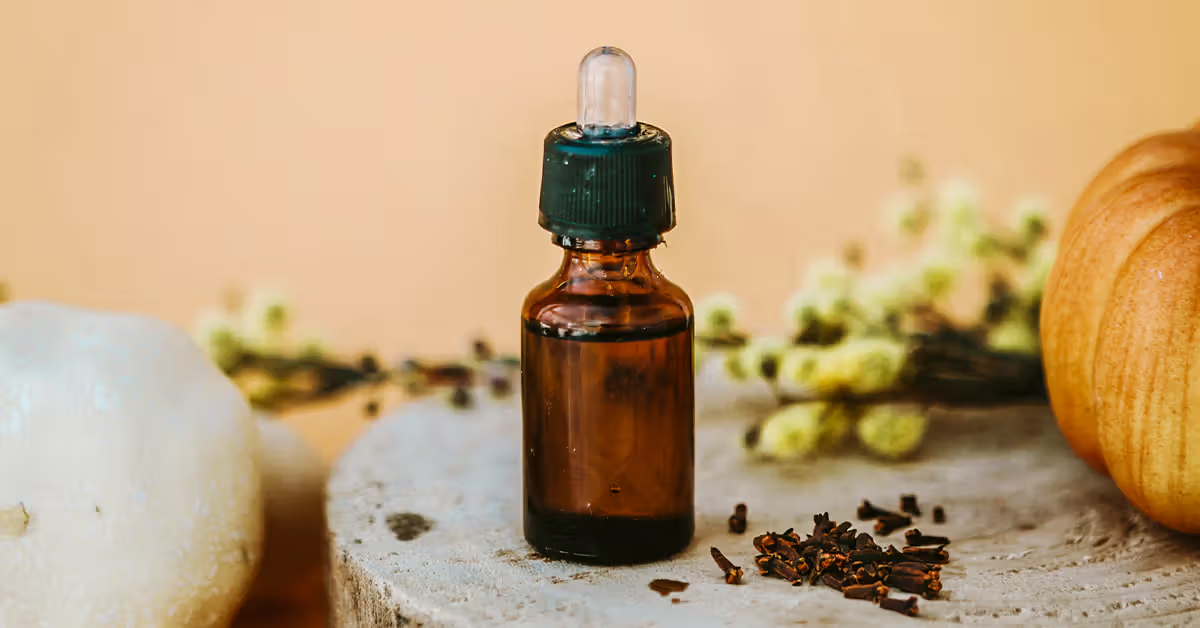
- Regional application with toothpaste: If the sensitivity is in a certain area, applying a desensitising toothpaste directly to that area and waiting for 1-2 minutes can help relieve instant pain.
- Pain-relieving gels: Dental gels containing active ingredients such as benzocaine available in pharmacies can provide temporary comfort by superficially numbing the sensitive area. These are generally safe products for teething babies and offer similar short-term relief for adults.
What do sensitive teeth feel like?
For most people, the pain caused by tooth sensitivity is tolerable because it is short-lived, but it is still uncomfortable. Some people avoid touching the area when brushing their teeth because of the sensitivity, which can negatively affect oral hygiene. If the pain persists after the stimulus has been awakened or if it occurs on its own, it may no longer be a simple sign of sensitivity. For example, if the pain that starts when drinking cold water lasts for minutes or if there is throbbing pain at night, this may be caused by caries or inflammation of the nerve of the tooth.
Causes of Tooth Sensitivity
Common causes and risk factors that can trigger tooth sensitivity include
- Eroded tooth enamel: Thinning of the enamel layer as a result of acid erosion (consumption of acidic food/drinks, gastric acid reflux), hard brushing or natural wear over the years.
- Gum recession: Exposure of the root surfaces due to periodontal (gum) disease, improper brushing technique or receding gums with age.
- Tooth decay: Even an early stage of caries can cause cold-heat sensitisation when it reaches the dentin. Especially caries in the neck of the tooth gives very similar symptoms to sensitivity.
- Cracked or fractured tooth: Cracks in the tooth cause sudden pain due to leakage of fluid with hot/cold temperatures. Similarly, sensitivity develops as the dentin of a broken tooth is exposed.
- Worn or fallen fillings: If your old filling is leaking or has developed gaps around the edges, sensitivity can begin in that tooth. A fallen filling also leaves the dentin unprotected.
- Teeth clenching (bruxism): The habit of grinding teeth at night or clenching teeth during the day both erodes the enamel and can lead to microcracks, which increases sensitivity.
- Teeth whitening: Especially the gels used in home-type uncontrolled whitening may temporarily cause sensitivity in the teeth. Even in a clinical setting, it is normal for some people to complain of sensitivity lasting 1-2 days after bleaching.
- Scaling or dental treatments: After professional cleaning, there may be temporary sensitivity for a while as the root surfaces are exposed. Again, after a deep filling or restoration, the tooth may experience sensitivity lasting for a few days. Fortunately, this type of sensitivity is usually short-lived (a few days to 2 weeks) and goes away on its own.
- Incompatible dentures or appliances: Newly fitted orthodontic brackets, mouthpieces or dentures may initially cause sensitivity in both teeth and gums, but this improves as the oral tissue adjusts.
What is the difference between toothache and tooth sensitivity?
The terms tooth sensitivity and toothache are sometimes confused with each other, but they are actually different conditions. While tooth sensitivity is a short-term pain that is usually triggered by external stimuli, toothache (especially pain caused by tooth decay or inflammation of the dental nerve) can be more prolonged and severe. To see the differences more clearly, you can take a look at the table below:
|
Feature |
Tooth Sensitivity (Dentin Sensitivity) |
Toothache (Pulp Pain) |
|
Onset of Pain |
It starts with an external stimulus (e.g. cold, hot, sweet or touch). |
It usually starts spontaneously or continuously; sometimes it may wake you up at night. |
|
Duration of pain |
It is short and momentary; it passes within a few seconds when the stimulus disappears. |
It is long lasting; it may last for minutes or even hours and may continue without stimulus. |
|
Intensity of pain |
A sharp pain, usually of mild to moderate intensity, in the form of a "sting". |
Moderate to severe throbbing pain may be present, increasing in intensity as it progresses. |
|
Affected area |
One or more teeth may be affected; may be diffuse (e.g. the entire right side is sensitive to cold). |
It is usually felt at a specific tooth localisation; the affected tooth may also be painful to touch or bite. |
|
Possible Causes |
Conditions that expose dentin such as enamel wear, gum recession. |
Structural problems such as deep tooth decay, infection in the dental nerve (pulpitis), abscess, tooth crack. |
|
Treatment Approach |
Managed with desensitisation toothpastes, fluoride applications, agents that close the dentinal tubules. |
Treatment for the cause is required: If there is decay, filling, if there is pulp infection, root canal treatment, if there is abscess, drainage/antibiotics etc. are applied. Temporary relief can be provided with painkillers. |
As can be seen from the above differences, sensitivity is usually a more superficial and manageable condition, whereas toothache may indicate that the living tissue of the tooth (pulp) is in serious danger. If the pain in your tooth does not go away with simple measures (such as sensitivity paste) and has turned into a pain that increases especially at night, you should not think of it as a normal sensitivity. In such a case, it is necessary to see a dentist immediately and get the necessary treatment.
Conclusion and Recommendations to the Reader
Tooth sensitivity can be an annoying problem, but with the right information and the right approach, it can be overcome. In this article, we have provided a comprehensive overview of practical methods that you can apply for instant relief, to treatments that will provide a permanent solution in the long term. To summarise:
- Quick Fixes: When sensitivity strikes immediately, temporary relief is possible with potassium nitrate toothpaste, fluoride varnish, salt water or clove oil.
- Preventive Care: With daily care steps such as soft brushing, sensitivity paste, fluoride mouthwash and dietary adjustments, you can expect sensitivity to decrease over time.
- Professional Support: If home methods are not enough, your dentist will help you with special treatments (varnish, laser, bonding, etc.). You are not helpless, dentistry has advanced considerably in this area.
- Differentiation: Do not confuse sensitivity pain with serious toothache; if your pain lasts for a long time or occurs spontaneously, it is a sign of another problem, do not neglect it.
- Patience and persistence: Treatment of sensitivity can sometimes take weeks, so don't give up. With regular care and check-ups, most people regain the pleasure of being able to eat and drink hot and cold normally.
Most importantly, do not leave your teeth alone. Don't let sensitivity stop you from eating certain foods or brushing. Your oral health is part of your overall health and should not be neglected. You can take the first step by adding what you have learnt in this article to your daily routine. If your problem persists, do not hesitate to consult a specialist. Remember, with small changes and the right treatments, it will still be possible to sip an ice-cold lemonade with pleasure instead of bitterness. We wish you healthy smiles!
